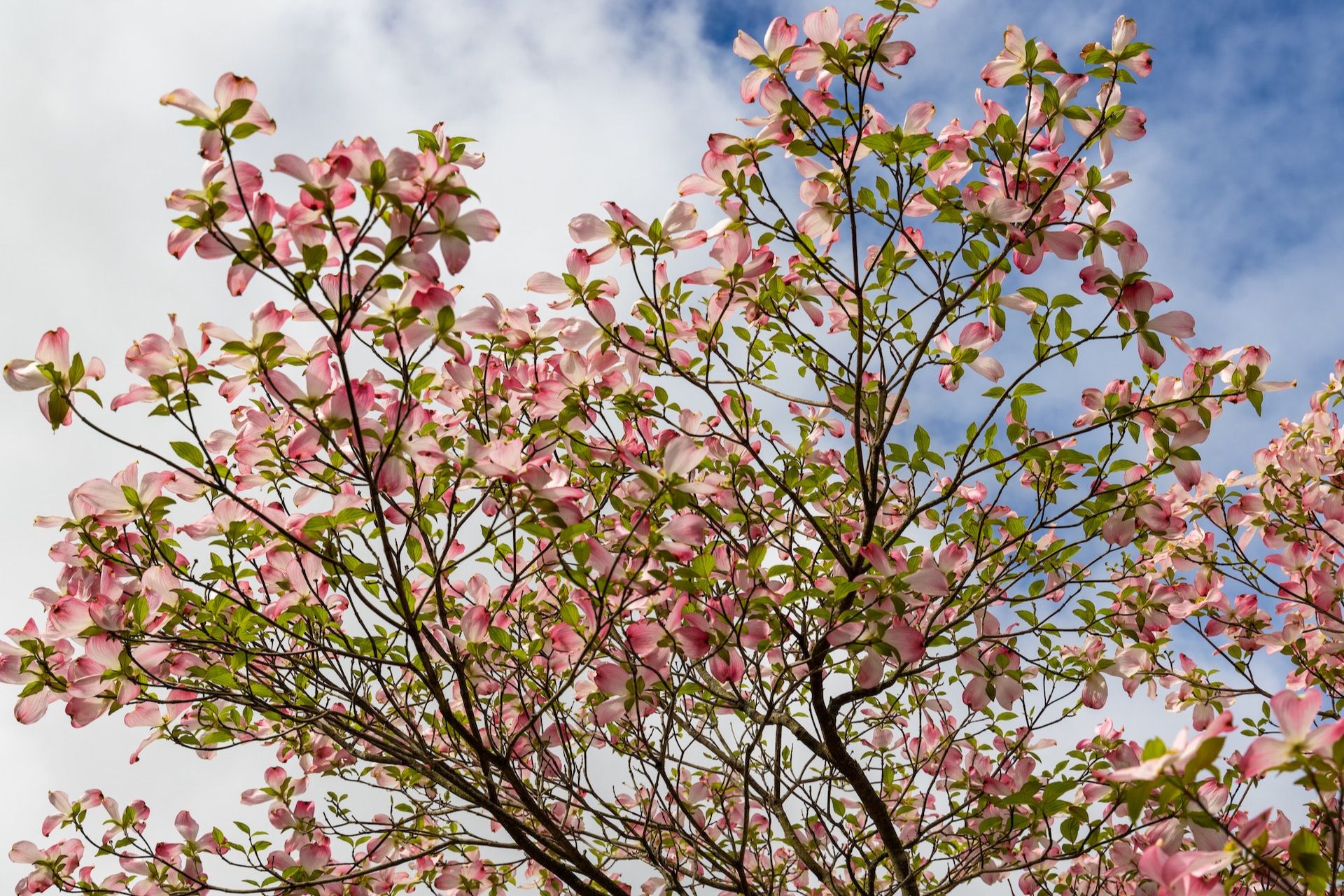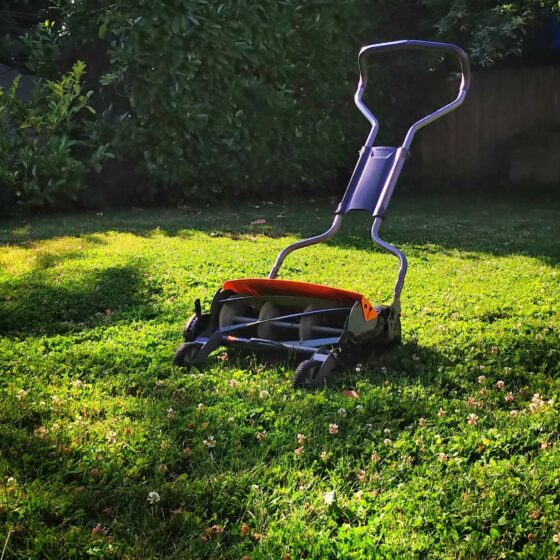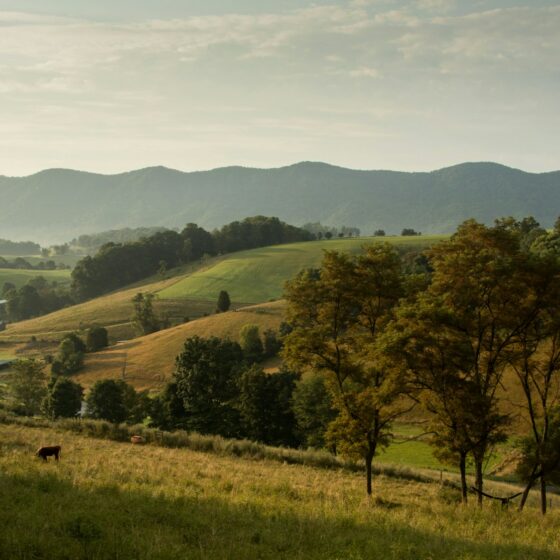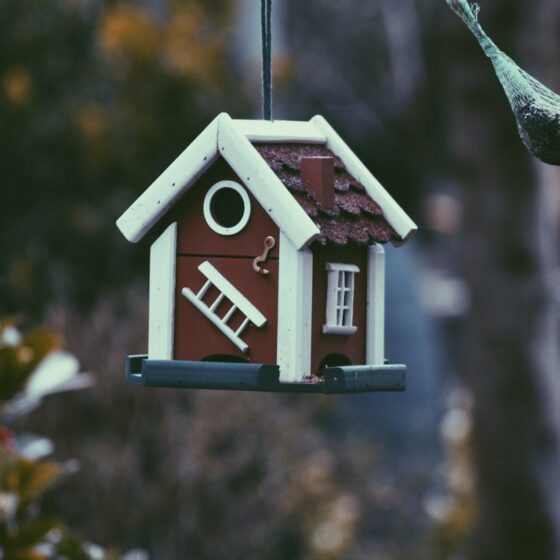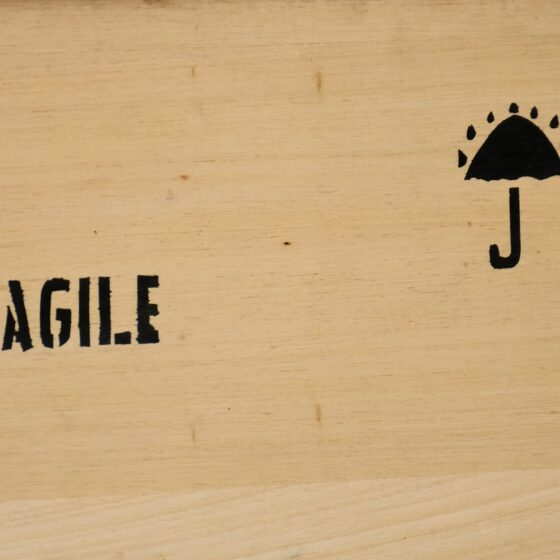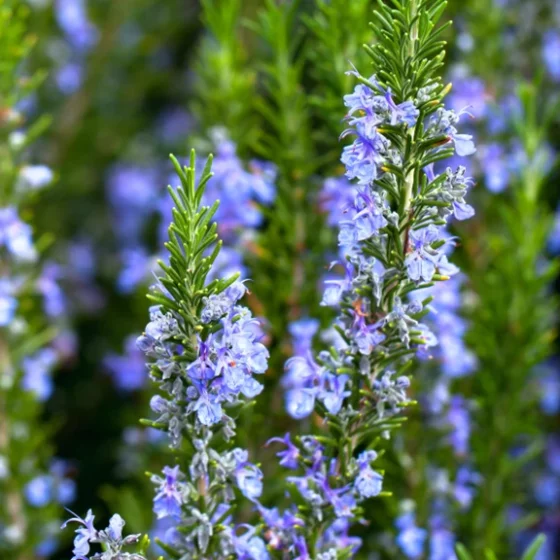As the old saying goes: “if you want to be happy for a year, plant a garden; if you want to be happy for life, plant a tree!” And in case you pick dogwood as your tree of choice, we have got you covered!
In this guide, we’ll teach you how to plant a dogwood tree that will bloom and stand the test of time for generations to come. From grooming to watering, we explain it all.
So, roll up your sleeves and get ready to get your hands dirty!
Pick the Right Dogwood Tree
For the best result, you need to pick a dogwood tree that matches your particular climate.
Where do dogwood trees grow?
Well, most species of dogwood prefer moderate climates. Out of the 60 species in the Cornus genus (i.e., dogwood), 17 grow naturally in the US. So your best bet is to plant one of these if you’re from the US.
Also, don’t forget to take the growth rate, color, and size of the tree into consideration, as well. Even though the environment might suit the tree, the tree might not suit your garden, which will undo all your hard work.
The Most Popular Dogwood Varieties
Depending on your specific needs and preferences, there’s a plethora of options available for your landscape. Some dogwood flowers and tree bark can even be used in homemade remedies. For example, if you want a steady supply of tea kettles, plant American and Jamaican dogwood.
Conversely, if you’re planting dogwood trees for their amazing looks, we recommend the following:
- Shrubs: Tatarian dogwood (Cornus alba), red osier dogwood (Cornus sericea), yellow twig dogwood-Monrovia (Cornus servicea Flamiramea), and common dogwood (Cornus sanguinea).
- Trees: Pacific or western dogwood (Cornus nuttallii), flowering dogwood (Cornus florida), Cornelian cherry dogwood (Cornus mas), and Japanese dogwood (Cornus kousa).
What’s the Best Time to Plant Dogwood Trees?
The most optimal seasons for planting are early spring and late fall. Pick one with higher humidity levels and moderate temperatures specific to your area; the longer, the better!
Alternatively, you can plant younger dogwood trees during spring when conditions are not as harsh and more mature trees during fall. In essence, knowing exactly when to plant dogwood trees will improve your chances of success.
Both seasons are ideal for development — in early spring, the tree focuses solely on growth and doesn’t “waste time” blooming, whereas, in late fall, it sheds its leaves to conserve sustenance and grow during winter. Preferably in the morning sun, when it’s not too hot since you don’t want to stress the plant needlessly.
Planting Dogwood Trees: Preparation
In the following sections, we’ll teach you how to lay the groundwork for your planting project.
So, without further ado, let’s dig in!
Choose the Right Location
Dogwood trees do better in full or partial sunlight instead of thick shade. Hence, if you already have trees on your landscape, plant your dogwood at least 18 feet apart. Otherwise, plant them about 15 feet away from your house.
Also, make sure your tree has ample space to grow into. Note that dogwood trees can reach anywhere from 20 to 40 feet and 25 feet across. In other words, don’t plant them near electrical poles, wires, or other potential obstacles.
It’s also worth noting that dogwoods need at least six hours of light per day. Ideally, this should be direct morning sunlight, and in the afternoon, they should be in the shade when the weather gets hot.
Prep the Soil Before Planting a Dogwood Tree
As with any other plants, the more sunlight your dogwoods get, the drier the soil. Hence, you need to make sure the soil is good at retaining moisture. In addition to that, it should be rich in organic matter, slightly acidic, and well-draining so your roots don’t rot; if you’re not sure about the last one, perform a drainage test.
In case it doesn’t drain well, add some well-draining media, such as loose soil, peat moss, or a specialized planting mix.
Also, we don’t recommend planting dogwood trees in clay soil unless you plan on prepping it. Likewise, soggy soil can drown your plant and make it wither away.
Adding compost to the planting soil is another great way to boost the plant’s growth and keep it strong and healthy. Young saplings, in particular, will grow better on fertilized soil. Not only that but regular fertilizing will also increase soil acidity, which is another important factor for growth.
Pepping the soil with pine needles and coffee grounds will also help boost acidity levels.
How to Plant a Dogwood Tree From Seeds: Germination Process
More often than not, people use young dogwood saplings that are already prepped for planting. That said, it’s still possible to grow these trees from seeds. In case you want to do this instead, there are a few things you need to know, including the following:
- Collect dogwood fruits when they fall to the ground and soak them overnight.
- Peel the outer skin to expose the seeds and fully dry them out.
- Put a few seeds into a perforated plastic bag filled with moist sphagnum moss.
- Keep them in the refrigerator (35–40℉) for approximately four months before planting your dogwood trees.
- Plant the seeds in nursing containers using sand and sphagnum moss as potting mix.
- Fertilize, water, and repot dogwoods regularly until they bloom (in about five to seven years).
- Transplant your dogwood outdoors.
Grooming the Saplings
Right before planting, inspect the sapling for any rotten or otherwise damaged roots and cut them off. Then, submerge the roots in a container full of water for three to four hours. After that, your tree is ready for planting. Congratulations!
How to Plant a Dogwood Tree Step-by-Step
Step 1. Dig a Planting Hole
The general rule of thumb when digging a planting hole for young dogwoods is to make it at least three times wider than the root ball of the tree; the same goes for the depth. This will give the plants some much-needed space for the roots to spread to ensure healthy growth.
Step 2. Amend the Soil If Necessary
As previously mentioned, when planting dogwood trees in clay or any other type of water-retaining soil, it’s better to mix the soil with a planting mix, topsoil, or similar media that promotes drainage.
Step 3. Plant Your Tree
Plant the young tree with the roots facing down at the same depth as it was in the nursery pot. Then, you can sprinkle some root stimulators to help boost its growth.
Step 4. Water Thoroughly
Be generous when watering your dogwood in the new location for the first time.
Step 5. Put the Soil Back in the Hole
Refill the planting hole with the soil you dug out and water your dogwood thoroughly yet again. This will “jump-start” the root system of the tree. After that, you can enjoy your new backyard decoration in the form of a dogwood tree.
Note that from now on, your new tree will need regular care and love to thrive.
Dogwood Tree Care Tips
Here are a few quick tips on how to keep your newly planted dogwood tree from withering away.
Water Early, Water Often
Dogwoods need watering at least once per week. During the summer and fall months, you can even water it twice per week, depending on the amount of rainfall you get. Note that during winter, watering isn’t really necessary.
Also, remember that the soil around the trunk of the tree should be moist at all times but not soggy. In other words, be generous with the water, but don’t overdo it.
Use Organic Mulch
Good dogwood tree care means mulching the area around it regularly. Doing this does several things for your plant like keeping the soil moist and getting rid of weeds and pests. Moreover, quality organic mulch will add some much-needed nutrients and acidity to the soil.
To mulch your dogwood tree, use straws, pine needles, bark, peat moss, wood chips, or shredded leaves. Place a three-inch thick layer on the ground in a ten feet diameter around the trunk of the tree.
Fertilize Occasionally
As previously mentioned, planting dogwood trees is a lot easier on soil that’s rich in nutrients, so you should prep it beforehand. However, you shouldn’t stop there!
Early-spring fertilization will stimulate and help your plant develop its recognizable intricate branches and ensure optimal growth.
In fact, fertilization is vital for saplings. They need fertilizing twice per year — once in early spring and once in mid-summer.
Prune Every Five to Ten Years
Avoid pruning your tree too often and do so two years after planting it. This will help the tree focus all of its energy on establishing a robust root system and growing tall.
Conclusion
Follow these tips, and you’ll be planting dogwood trees near your residence in no time. And although there is some work to be done, it’s well worth it! Just think about the beautiful color of the leaves and the birds chirping and singing on the branches while scavenging for berries — priceless.
Best of all, it’ll probably stand the test of time for generations to come!
FAQ
How fast do dogwood trees grow?
Dogwoods grow moderately slow — about one to two feet per year. Dogwood shrubs like red osier grow a bit faster — about two feet per year. On average, dogwood trees reach 20 feet every 25 years. Nevertheless, the growth rate will mostly depend on the amount of care you’re giving it.
How big do dogwood trees get?
During their growing period (the first 15–30 years), dogwood tree varieties reach 20 to 40 feet in height. Taller varieties can even go up to 50 feet if the growing conditions are optimal. However, dogwood trees are more famous for their lush spread that grows in the range of 20 to 25 feet.
How long do dogwood trees live?
The average lifespan of these decorative trees depends on their variety. Somewhere in the range of 80 and 125 years, depending on the circumstances. For the first 15 to 30 years, dogwoods are still in their growing period.
Where do dogwood trees grow?
Cornus species (dogwoods) grow naturally in East Asia, Europe, and North America. There are about 17 species that grow in North America, the most common ones being flowering dogwood, cherry dogwood, and Japanese dogwood.
What kind of soil do dogwood trees need?
Moist, well-draining, organically rich, and slightly acidic soil (pH 5.5) is optimal for dogwood tree growth. Perform a soil-drainage test before planting to ensure optimal soil conditions. If the soil isn’t draining well, you can enhance it by mixing it with a potting mix.
How far away from the house should you plant a dogwood tree?
If you choose to grow a medium-sized dogwood, plant it at least 15 feet away from your house. This way, the plant will have ample space to grow and will enjoy the partial shade coming from the house. Fortunately, dogwoods are shallow-rooted, meaning they won’t cause too much trouble for your pipelines.
Do dogwood trees need to be planted in pairs?
No, dogwood trees are self-pollinating, so you don’t need pairs. However, planting dogwoods next to one another is a great way of providing them with partial shade.
To learn how to plant a dogwood tree in greater detail, be sure to check our complete guide!

